The Transformative Role of Virtual Reality in Modern Classrooms
Virtual Reality (VR) has evolved from a futuristic concept into a practical tool that is reshaping educational environments. Its integration in modern classrooms is not only enhancing educational delivery but also redefining how students engage, understand, and interact with their learning content. Through immersive experiences and interactive simulations, VR is transforming traditional pedagogical methods by offering dynamic, engaging, and highly effective learning opportunities. This in-depth exploration will delve into the various dimensions of VR’s role in contemporary education, highlighting its far-reaching impact and the new possibilities it creates for teachers and learners alike.
Previous
Next
Simulated Scientific Experiments
VR enables the replication of complex scientific experiments, providing a safe and cost-effective platform for exploration. Students can conduct chemistry experiments, observe chemical reactions, and manipulate molecular structures without the constraints of physical resources or safety risks. This virtual hands-on experimentation fosters a deeper comprehension of scientific concepts, allows for repeated trials, and nurtures curiosity-driven inquiry that textbooks alone cannot provide.
Historical Reenactments and Time Travel
The ability of VR to recreate historical events or ancient civilizations gives students a powerful experiential perspective. By “traveling” back in time and observing pivotal moments, learners can witness historical figures in action, understand socio-political contexts, and gain empathy for people of the past. These immersive reenactments bridge the gap between abstract dates and the lived experiences of history, resulting in a more relatable and impactful study of historical events.
Real-World Skill Simulations
For disciplines that require extensive real-world skills—such as medicine, engineering, or vocational training—VR offers incredibly realistic simulations. Students can practice surgical procedures, pilot aircraft, or troubleshoot mechanical systems in lifelike scenarios, receiving instant feedback and refining their skills in a risk-free environment. This type of experiential learning is invaluable for building confidence and competence before applying these skills in the real world.
Previous slide
Next slide
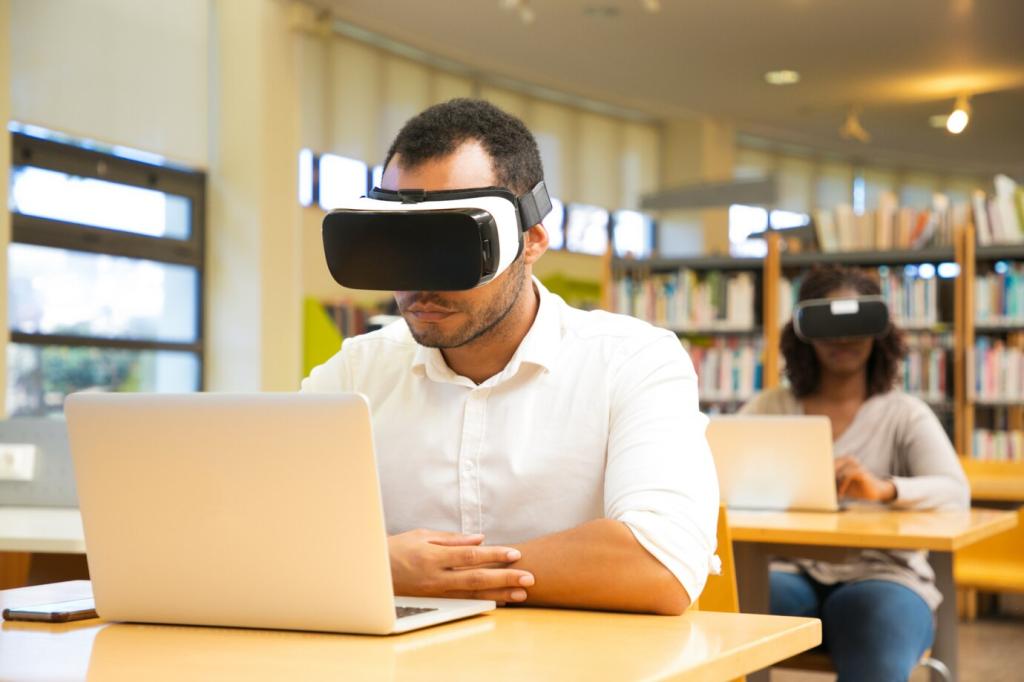
Bridging the Gap Between Theory and Practice
VR immerses students in real-world problems where they must apply theoretical knowledge to devise solutions. Whether managing an ecological crisis or diagnosing a virtual patient, these scenarios require analytical thinking and adaptability. Such direct engagement nurtures the ability to synthesize information and apply it effectively, skills that are essential in both higher education and professional contexts.
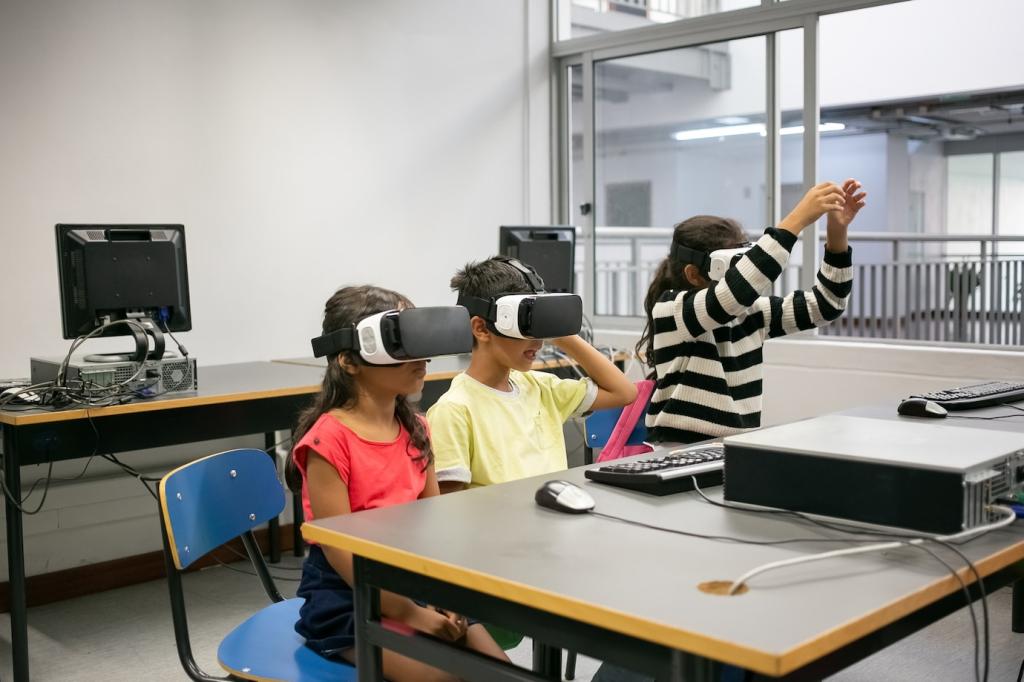
Fostering Creativity and Critical Thinking
Virtual Creative Arts Studios
In VR settings, students can paint, sculpt, design, and compose music in multidimensional spaces limited only by their imagination. These creative arts studios offer endless opportunities for self-expression and experimentation, empowering learners to develop unique artistic voices. Virtual collaboration also brings together students from around the globe, enhancing cross-cultural creative understanding and broadening artistic horizons.
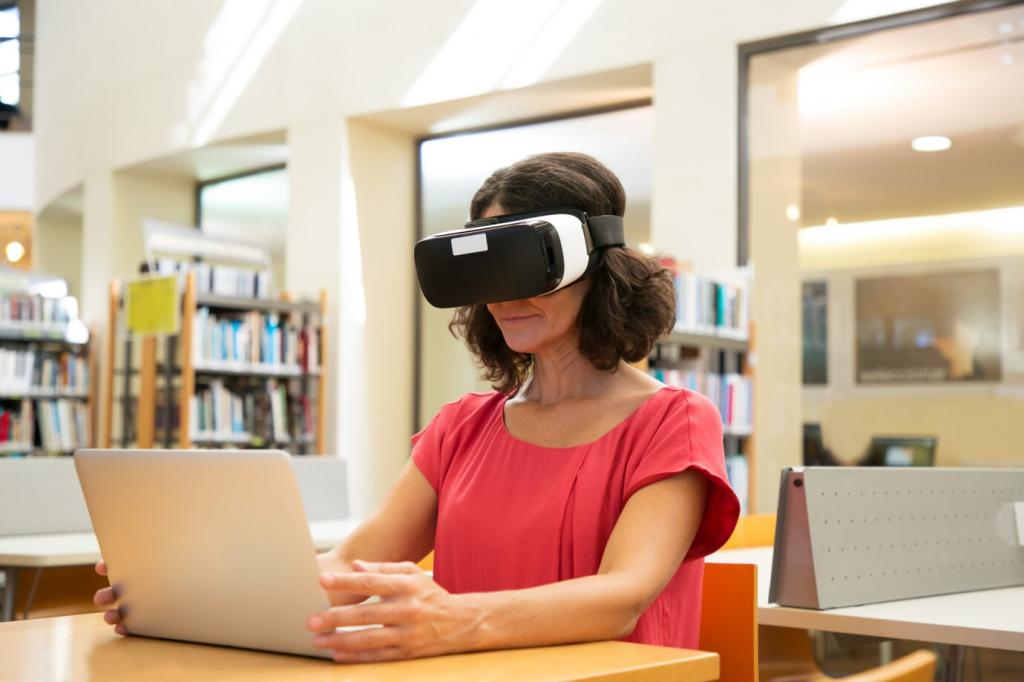
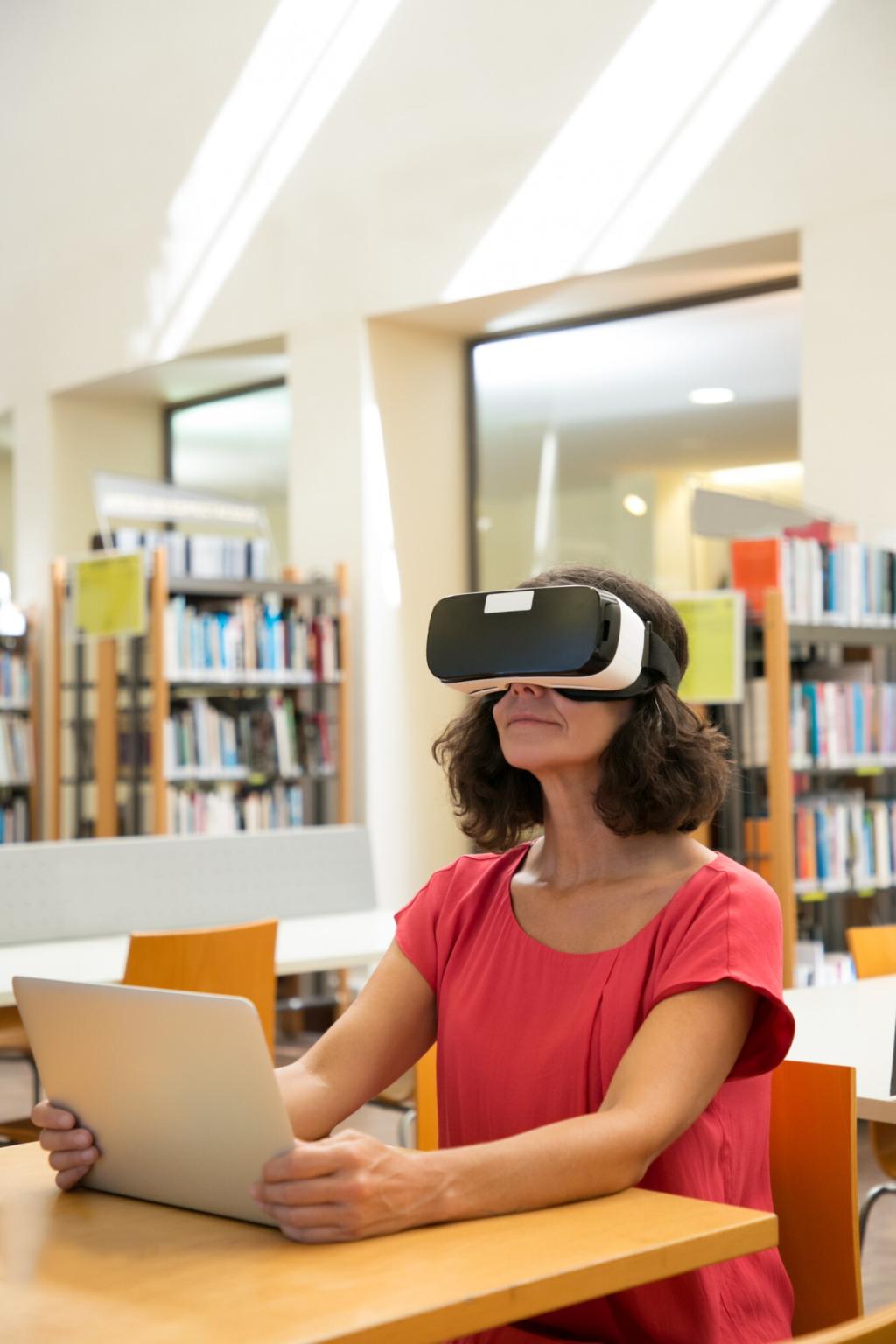
Scenario-Based Critical Thinking
Through branching scenarios and open-ended simulations, VR challenges students to assess situations, anticipate outcomes, and make decisions based on real-time information. This approach not only sharpens analytical skills but also instills confidence in students to tackle complex and ambiguous problems—preparing them for academic and life challenges beyond the classroom.
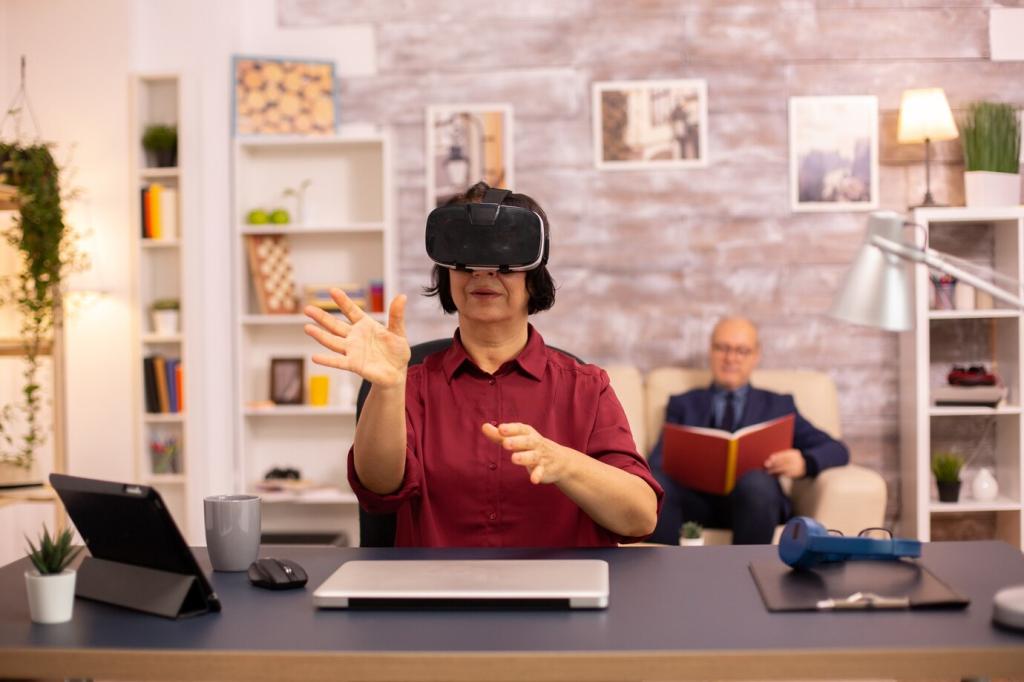
Preparing Students for Future Careers
VR allows students to experience a variety of professions firsthand, from engineering and healthcare to arts and business. Through job simulations, learners gain practical insights into career expectations, workplace dynamics, and required skills, enabling them to make informed decisions about future paths. Such exposure also builds foundational competencies that transfer seamlessly into real-world employment.
Previous
Next
Overcoming Challenges and Limitations
One significant challenge is the financial investment required for VR hardware and software. Many schools, particularly in low-income areas, face budgetary constraints that limit access to advanced technology. Innovative funding models, partnerships, and scalable solutions will be essential to ensure VR’s benefits can be extended to all educational settings.
